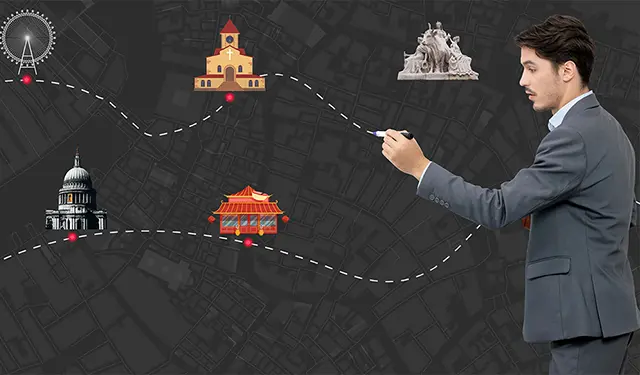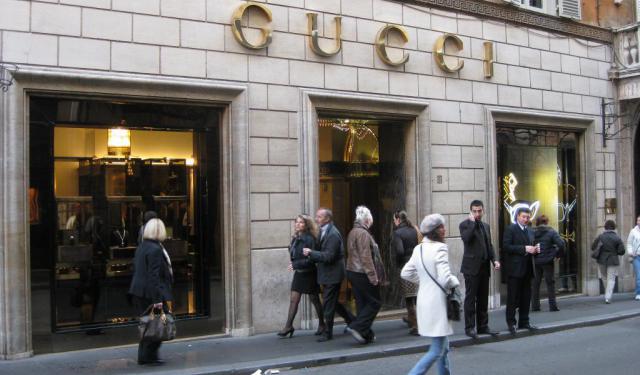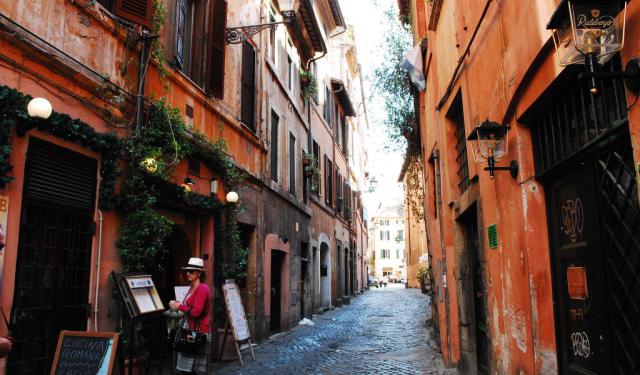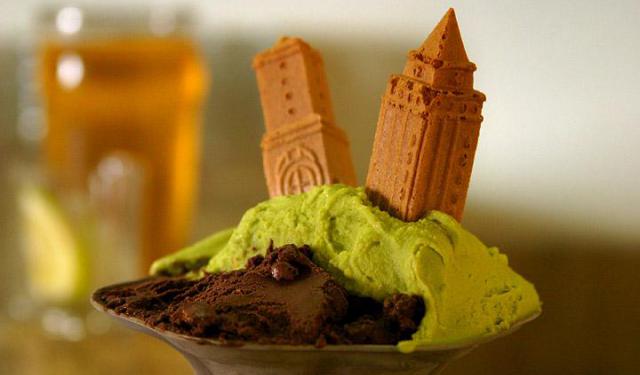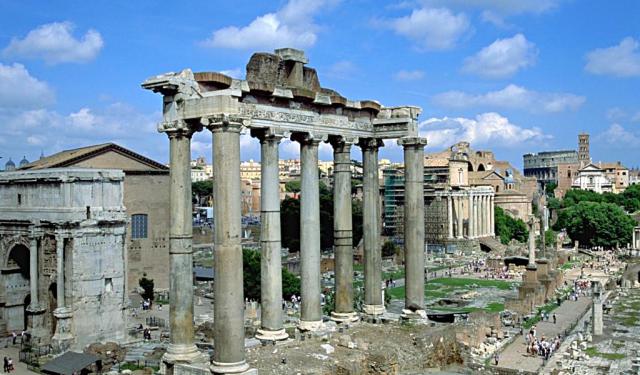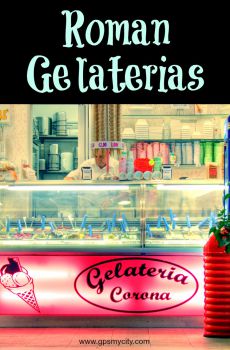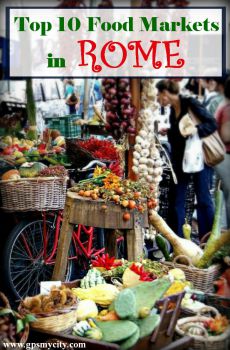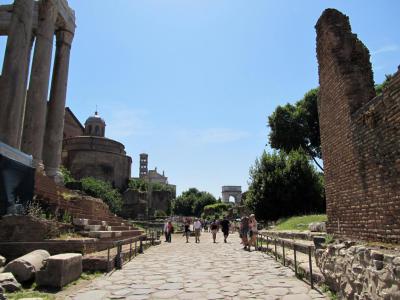
Via Sacra (Sacred Street), Rome
The Sacred Street, once the main ceremonial and religious road in ancient Rome, dates back to the city's regal age. It used to link key settlements, such as Velia, to major landmarks like the Roman Forum and Capitoline Hill. As Rome grew, the street became central to both political and religious activities, passing through significant sites such as the Regia, one of the oldest buildings in the Forum, and the Comitium, the city's political hub.
The name “Sacred” derives from its association with sacred events, including the peace treaty which united the Romans and Sabines under a dual kingship of Romulus and Titus Tatius. Over time, the road was paved and modified, becoming the primary route for triumphal processions celebrating military victories. These parades, which frequently followed Roman conquests, moved through the Arch of Titus and concluded at the Arch of Septimius Severus.
As the street’s importance grew, it underwent improvements, including the addition of colonnades and other architectural enhancements. The Arch of Titus was among these significant upgrades. Over the centuries, the Sacred Street evolved from a residential area, where noble families once lived, into a monumental corridor lined with structures like the Basilica of Maxentius, the Temple of Venus and Roma, and the Temple of Peace. Its proximity to early Christian churches underscored its continued religious significance even as Rome transitioned into the imperial era.
Following the Great Fire of Rome in 64 AD, Nero redirected and straightened the eastern stretch of the street, adding colonnades and commercial spaces, effectively transforming it into a grand boulevard. In this capacity, the road was a stage for everyday Roman life, hosting solemn festivals, public gatherings, business dealings, and even prostitution.
Since the reign of Augustus, the first Roman emperor, it became part of the apotheosis ceremonies for deceased rulers; their bodies were carried along the street to the Forum for public tributes.
Visitors can still see wear and tear from Roman times on the Sacred Street's pavers, including smooth surfaces and wagon-wheel crevices. As such, it's a must-see highlight of the Roman Forum, offering a tangible connection to Rome’s ancient grandeur.
The name “Sacred” derives from its association with sacred events, including the peace treaty which united the Romans and Sabines under a dual kingship of Romulus and Titus Tatius. Over time, the road was paved and modified, becoming the primary route for triumphal processions celebrating military victories. These parades, which frequently followed Roman conquests, moved through the Arch of Titus and concluded at the Arch of Septimius Severus.
As the street’s importance grew, it underwent improvements, including the addition of colonnades and other architectural enhancements. The Arch of Titus was among these significant upgrades. Over the centuries, the Sacred Street evolved from a residential area, where noble families once lived, into a monumental corridor lined with structures like the Basilica of Maxentius, the Temple of Venus and Roma, and the Temple of Peace. Its proximity to early Christian churches underscored its continued religious significance even as Rome transitioned into the imperial era.
Following the Great Fire of Rome in 64 AD, Nero redirected and straightened the eastern stretch of the street, adding colonnades and commercial spaces, effectively transforming it into a grand boulevard. In this capacity, the road was a stage for everyday Roman life, hosting solemn festivals, public gatherings, business dealings, and even prostitution.
Since the reign of Augustus, the first Roman emperor, it became part of the apotheosis ceremonies for deceased rulers; their bodies were carried along the street to the Forum for public tributes.
Visitors can still see wear and tear from Roman times on the Sacred Street's pavers, including smooth surfaces and wagon-wheel crevices. As such, it's a must-see highlight of the Roman Forum, offering a tangible connection to Rome’s ancient grandeur.
Want to visit this sight? Check out these Self-Guided Walking Tours in Rome. Alternatively, you can download the mobile app "GPSmyCity: Walks in 1K+ Cities" from Apple App Store or Google Play Store. The app turns your mobile device to a personal tour guide and it works offline, so no data plan is needed when traveling abroad.
Via Sacra (Sacred Street) on Map
Sight Name: Via Sacra (Sacred Street)
Sight Location: Rome, Italy (See walking tours in Rome)
Sight Type: Attraction/Landmark
Guide(s) Containing This Sight:
Sight Location: Rome, Italy (See walking tours in Rome)
Sight Type: Attraction/Landmark
Guide(s) Containing This Sight:
Walking Tours in Rome, Italy
Create Your Own Walk in Rome
Creating your own self-guided walk in Rome is easy and fun. Choose the city attractions that you want to see and a walk route map will be created just for you. You can even set your hotel as the start point of the walk.
Rome Shopping Streets Walking Tour
Loved by tourists for its busy fashionable streets and significant baroque icons, the so-called ‘Tridente’ is one of the Eternal City's most lusted-after areas, formed by Via dei Condotti, Via Borgognona, Via Frattina and the adjacent Via del Corso. It is perhaps the most high-end destination for Roman shopping, with a concentration of renowned jewelers and important Italian/international... view more
Tour Duration: 2 Hour(s)
Travel Distance: 2.9 Km or 1.8 Miles
Tour Duration: 2 Hour(s)
Travel Distance: 2.9 Km or 1.8 Miles
Rome Introduction Walking Tour II
Rome, the Eternal City, carries a legacy shaped by centuries of resilience, transformation, and cultural flourishing. The fall of the Roman Empire in 476 AD marked the end of an era, plunging Western Europe into the dark Middle Ages. Yet, even amid the disarray, Rome endured as a beacon of unity, largely due to its status as the center of Catholicism. The papacy wielded spiritual influence,... view more
Tour Duration: 2 Hour(s)
Travel Distance: 3.4 Km or 2.1 Miles
Tour Duration: 2 Hour(s)
Travel Distance: 3.4 Km or 2.1 Miles
"Roman Holiday" Movie Walking Tour
Filmed entirely in the heart of Rome, Roman Holiday is one of those timeless films that beckons you to hop on a Vespa and lose yourself in the intoxicating beauty of the Italian capital. Released in 1953, this beloved classic has captured hearts across generations, thanks to its irresistible blend of romance, adventure, and charm—anchored by two of Hollywood’s brightest stars, Audrey Hepburn... view more
Tour Duration: 4 Hour(s)
Travel Distance: 8.5 Km or 5.3 Miles
Tour Duration: 4 Hour(s)
Travel Distance: 8.5 Km or 5.3 Miles
Trastevere Walking Tour
Heading down from the Vatican along the River Tiber, one is bound to find yet another city hidden within the city – Trastevere. This name translates literally to "across the Tiber". Indeed, crossing the picturesque Ponte Sisto (Sisto Bridge) to the west bank, you will find yourself in a charming neighborhood with a distinct character that sets it apart from any other part of Rome.
... view more
Tour Duration: 2 Hour(s)
Travel Distance: 2.9 Km or 1.8 Miles
... view more
Tour Duration: 2 Hour(s)
Travel Distance: 2.9 Km or 1.8 Miles
Food Tasting Walking Tour
Whether it’s a long lunch or a stop-off for an ice cream on an evening stroll, eating in Rome is a very social activity. Culinary traditions run deep here, and it may well be one of Italy’s most pleasurable cities in which to eat. Deli shops, prosciutterias, pizzerias, fornos (bakeries) and caffès are also very popular and offer a great alternative to a restaurant meal.
On this... view more
Tour Duration: 2 Hour(s)
Travel Distance: 2.7 Km or 1.7 Miles
On this... view more
Tour Duration: 2 Hour(s)
Travel Distance: 2.7 Km or 1.7 Miles
Roman Forum and Imperial Forums Walking Tour
t's a known fact that Rome wasn't built in a day. But since it was built, the city has stood the test of time and become "eternal." A popular proverb says, "all roads lead to Rome," but very few realize that, inside Rome itself, all roads lead to the Forum.
Indeed, the central hub of ancient Rome, the Roman Forum and the Imperial Forums once served as the... view more
Tour Duration: 3 Hour(s)
Travel Distance: 2.6 Km or 1.6 Miles
Indeed, the central hub of ancient Rome, the Roman Forum and the Imperial Forums once served as the... view more
Tour Duration: 3 Hour(s)
Travel Distance: 2.6 Km or 1.6 Miles
Useful Travel Guides for Planning Your Trip
17 Best Gelaterias in Rome Italy
For ice cream lovers and dabblers this guide is a treasure chest of Rome’s best gelato shops. There are gelaterias everywhere. Many visitors to Rome only have a few days to explore the city. You owe it to yourself to make the most of your time and find the gelato locals eat. Often the authentic...
10 Best Food Markets in Rome Italy
Of all the things Italy is most famous for (cars, music, fashion, movies, etc.), food is, undoubtedly, top of the list. Rome may well not be the whole Italy, but no Italy is whole without Rome... And the Romans, much as all their fellow-Italians, like it "fresco", hence the abundance of...
Souvenirs Shopping: 15 Authentic Italian Things To Buy in Rome
Rome is the Eternal City and, as such, the list of gift options available here is countless. Whether it's something edible, drinkable, wearable or pleasing to the eye that you want - you will find it all here in abundance. However, if time or budget is the factor, perhaps you might want to...
